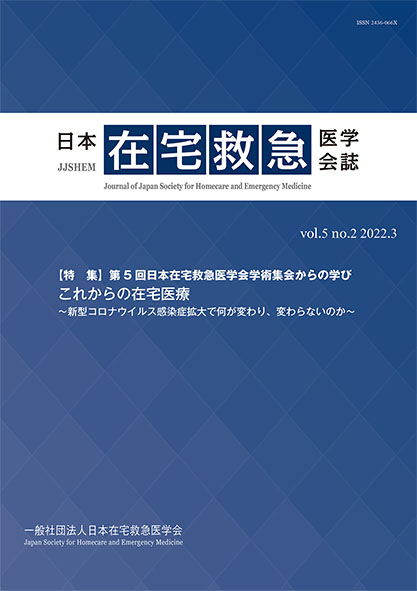Volume 5, Issue 2
Displaying 1-8 of 8 articles from this issue
- |<
- <
- 1
- >
- >|
Contents
-
2022Volume 5Issue 2 Pages 0
Published: March 31, 2022
Released on J-STAGE: July 03, 2022
Download PDF (477K)
Original articles
-
Article type: Original articles
2022Volume 5Issue 2 Pages 1-7
Published: March 31, 2022
Released on J-STAGE: July 03, 2022
Download PDF (872K)
Conference report
-
Article type: Conference report
2022Volume 5Issue 2 Pages 10-15
Published: March 31, 2022
Released on J-STAGE: July 03, 2022
Download PDF (2016K)
Special lecture
-
Article type: Special lecture
2022Volume 5Issue 2 Pages 16-20
Published: March 31, 2022
Released on J-STAGE: July 03, 2022
Download PDF (2757K) -
Article type: Special lecture
2022Volume 5Issue 2 Pages 21-24
Published: March 31, 2022
Released on J-STAGE: July 03, 2022
Download PDF (1752K)
Educational lecture
-
Article type: Educational lecture
2022Volume 5Issue 2 Pages 25-40
Published: March 31, 2022
Released on J-STAGE: July 03, 2022
Download PDF (4367K)
Activity reports
-
Article type: Activity report
2022Volume 5Issue 2 Pages 41-44
Published: March 31, 2022
Released on J-STAGE: July 03, 2022
Download PDF (1787K)
Editorial note
-
2022Volume 5Issue 2 Pages 55-56
Published: March 31, 2022
Released on J-STAGE: July 03, 2022
Download PDF (647K)
- |<
- <
- 1
- >
- >|
